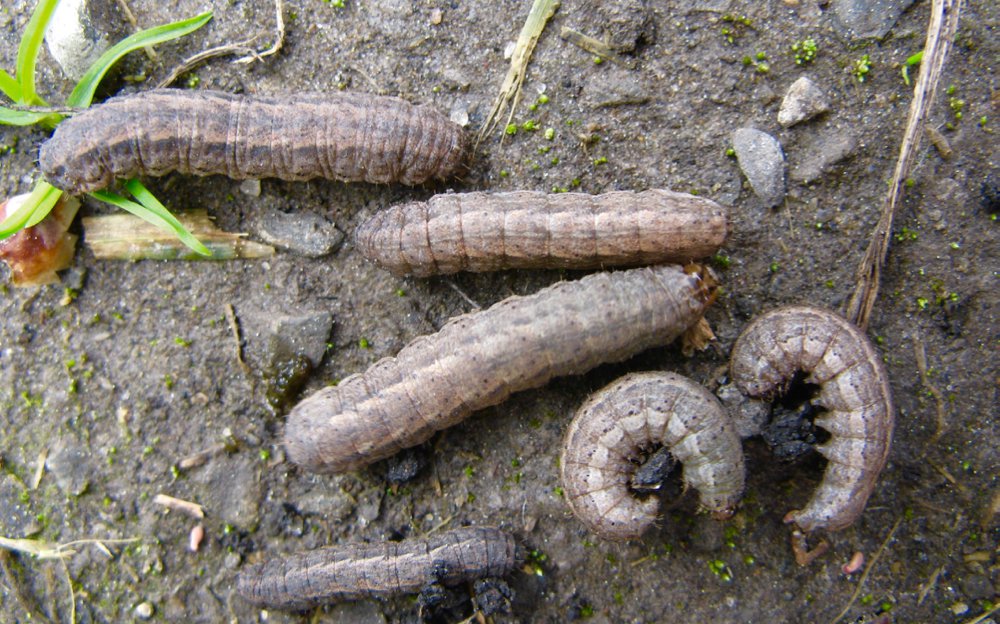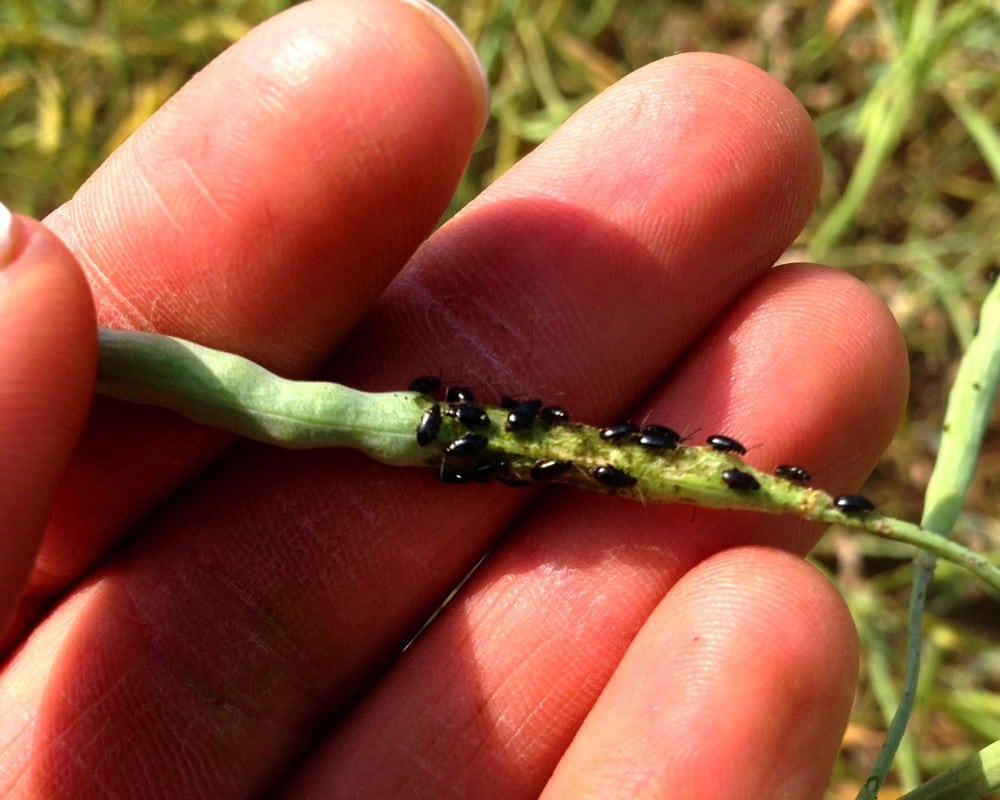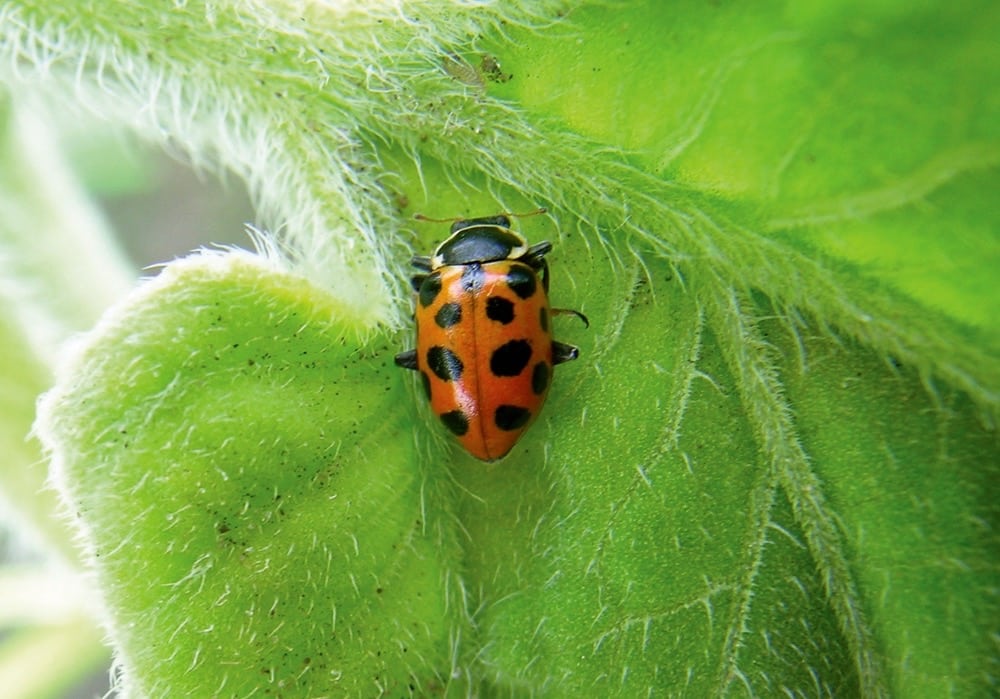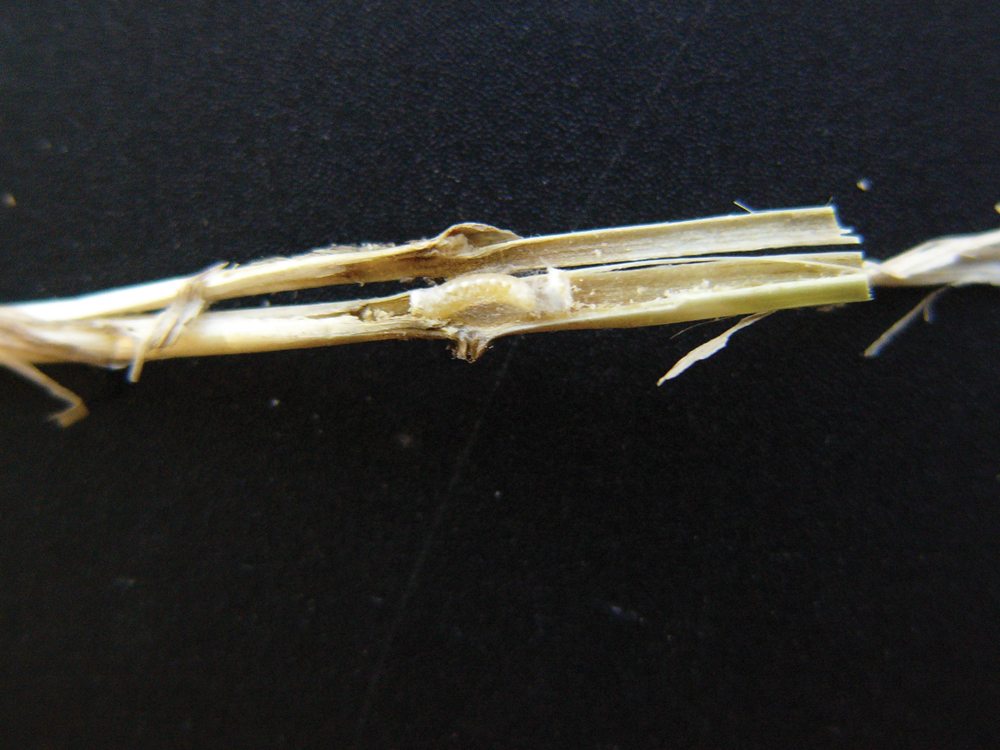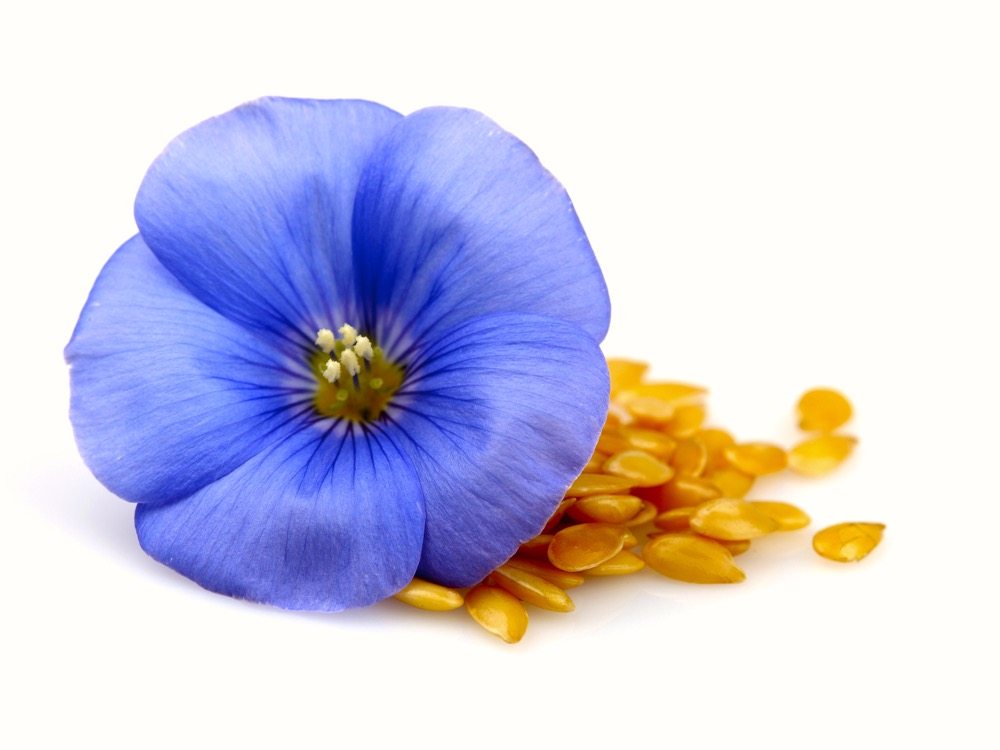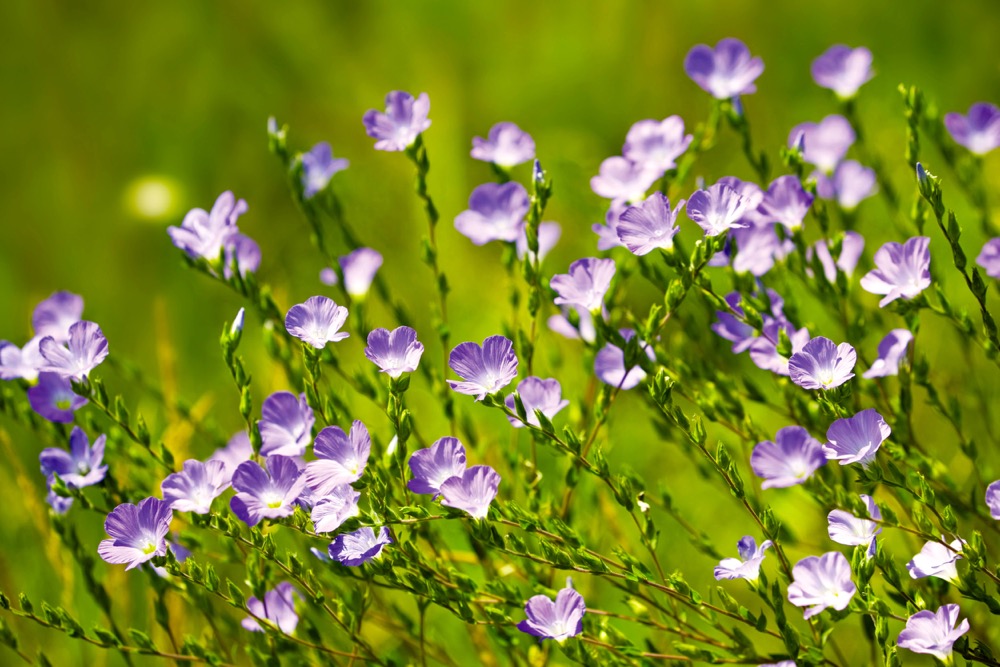Growing flax? Make sure you're scouting for these hungry bugs
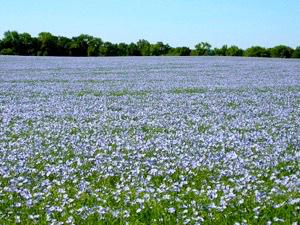
Dr. James Tansey, Saskatchewan Agriculture’s insect specialist, reminded farmers at a Saskatchewan Agriculture conference in Weyburn, Sask., that “plants are not a passive part of the environment.” Flax produces poison in the form of cyanogenic glycoside (cyanide) that is toxic to several insects. However, your flax crop may still need some help protecting itself from these nine commonly found insects.
1. Flax bollworm

This pest will feed on other crops, but prefers flax. Bollworm moths are night flyers that deposit eggs on the flowers. The larvae consume developing seeds, then move out of the boll to feed on other bolls. Once the worms have moved out, the damage has been done, making scouting difficult. To scout for bollworms, inspect five to 10 plants from 10 different sites 25 to 50 metres apart. The economic threshold occurs when three per cent of the bolls are infected.
2. Beet webworm

The beet webworm overwinters as mature larvae. It prefers lamb’s quarters and other weeds. It produces two generations per year. The second generation causes problems by laying eggs on the flowers and stems, and the larvae eating flowers, leaves, and bark. A large number of bolls must be affected before spraying is effective.
3. Potato aphids

These aphids fly into flax in early to late July. Aphids are pierce-sucking insects that feed on fluid in leaves and stems reducing the plant’s ability to set healthy seed. When scouting for potato aphids, 25 plants should be examined from five different sites. The economic threshold at bloom is three per main stem, and eight per main stem at the early green boll stage. The potato aphid has many natural enemies including parasitic wasps and lady bugs.
4. Cutworms

Cutworm eggs overwinter and hatch in the spring in time to feed on plants before they emerge, or eat through the stems of seedlings. To scout for cutworms, look next to bare patches in the field. Dig three to six centimetres below the surface in a 50 x 50 cm square. Total the number of larvae found, and multiply by four equalling the total larvae per square metre. The economic threshold is four to five larvae, or 25 to 30 per cent damaged crop per square metre.
5. Bertha army worm

This pest prefers canola, but the larvae may move into a flax crop and cause damage by chewing through stems causing bolls to drop. Monitoring the moth is done using pheromone traps. Scouting for the worms begins after peak monitoring. An economic threshold has not been worked out for flax.
6. Grasshoppers

Grasshoppers damage flax by feeding on the flowers and buds, and by chewing stems causing the bolls to drop. To scout for grasshoppers, start at the field corner and walk towards the middle. Every 10 to 15 metres, stomp your foot, then count the grasshoppers that scatter in the square metre around it. Repeat 20 times. Take the average, and divide by two to get the number of hoppers per square metre. A threshold of about two grasshoppers per square metre is suggested if they are clipping bolls.
7. Lygus bugs

This pest moves into flax fields in July when the plant is flowering. It is a piercing-sucking feeder which may damage the crops by causing flower abortion. However, flax is very tolerant of the lygus bug insect, and its population has to be very high, more than 10 per stem, to cause damage.
8. Aster leafhopper

This pest, also known as aster yellows, blows in from the U.S. The aster leafhopper is a piercing-sucking feeder. The pest itself does little damage to the flax plant, however it carries viruses, which are injected while feeding. Once infected, the plant turns yellow, affecting flowers and buds. Outbreaks are rare, and the economic threshold is high.
9. Caterpillars

The zebra caterpillar and the variegated fritillary caterpillar are two very showy caterpillar species that will feed on flax, including flowers and seeds. neither is usually a significant pest, or abundant enough to cause economic damage.
Tansey urged producers to use only products registered for use in flax when chemical control is needed.


